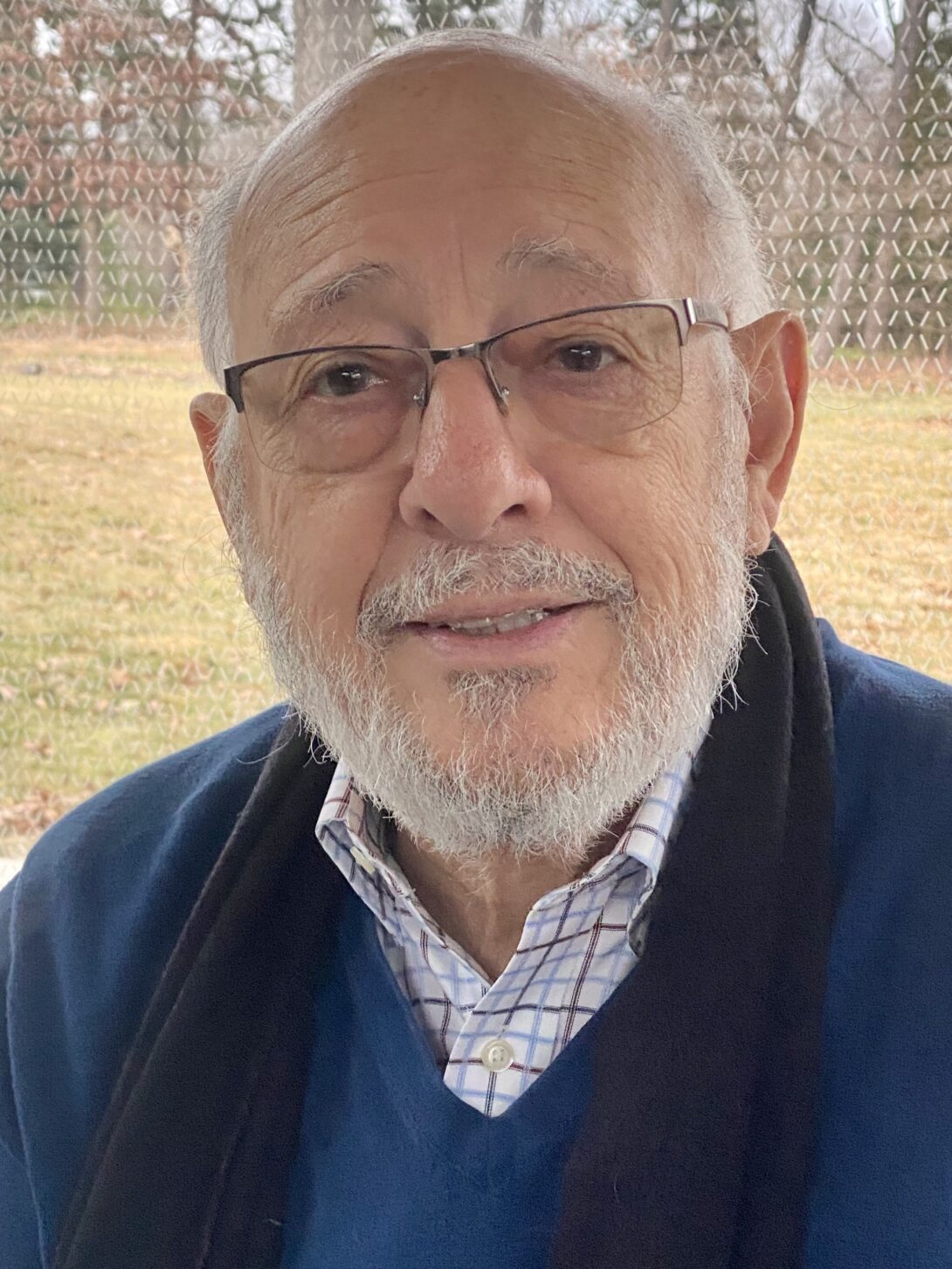Jack Kaplan, Ph.D., F.R.S.
Professor Emeritus
e-mail: kaplanj@uic.edu
TEL: 312-355-2732
Office: MBRB 1262
Dr. Jack Kaplan Profile Heading link

Fellow, Royal Society, London (1995)
Fellow Biophysical Society (2000)
Fellow AAAS (2014)
PhD in Biophysics, University of London (1973)
Max Planck Society Post-Doctoral Fellow at the MPI for Biophysics, Frankfurt, Germany (1973-75)
Research Interests:
Structure-function studies, mechanism, biosynthesis, assembly and cellular trafficking of P-type ATPases or ion pumps.
Mechanism and regulation of copper transport systems and copper homeostasis in human cells.
The role of copper in cardiovascular physiology and pathophysiology.
The active transport of ions across cell membranes is performed by P-type ATPases. These are integral membrane proteins which use the energy of hydrolysis of ATP to pump ions across biological membranes. The mechanism by which these proteins couple ATP hydrolysis to ion transport is one of our central interests. These proteins form phosphorylated intermediates with ATP and transport Na+, K+, H+, Ca2+, Cu2+, Cd2+ etc. across animal, bacterial, and plant cell membranes. Using baculovirus-infected insect cells and mammalian cells to express mutant Na pump molecules we studied protein conformational changes using site directed fluorescence and how the sub-units assemble in the ER and are trafficked via the Golgi to the plasma membrane using cell fractionation, immunological and metabolic labelling techniques.
We are also interested in studying how Cu ions enter cells and we carried out the molecular analysis and characterization of hCTR1 the major high affinity protein which mediates the entry of Cu ions into human cells. In this program we employed baculovirus-infected insect cell lines and a variety of mammalian cells to generate recombinant transporter protein for structure-function and regulation studies. The work resulted in the characterization of key elements in CTR1 structure important for its transport activity as well as the recognition of the important role of regulatory endocytosis of hCTR1 in human copper homeostasis. We have also been responsible for the introduction and development of caged compounds for biophysical and physiological studies. These are novel photolabile compounds which on illumination release the caged substrate (ATP. ADP. Pi, Ca2+, Mg2+, etc.) in the mili sec-microsec time range and thus synchronously and rapidly initiate biological processes.
Our laboratory closed in 2020, but our research has continued via an NIH-funded collaboration with Professors T. Fukai and M. Ushio-Fukai (University of Augusta) on the role of copper in angiogenesis and atherosclerosis. Key aspects of the critical role of copper in these important physiological processes has begun to be revealed.